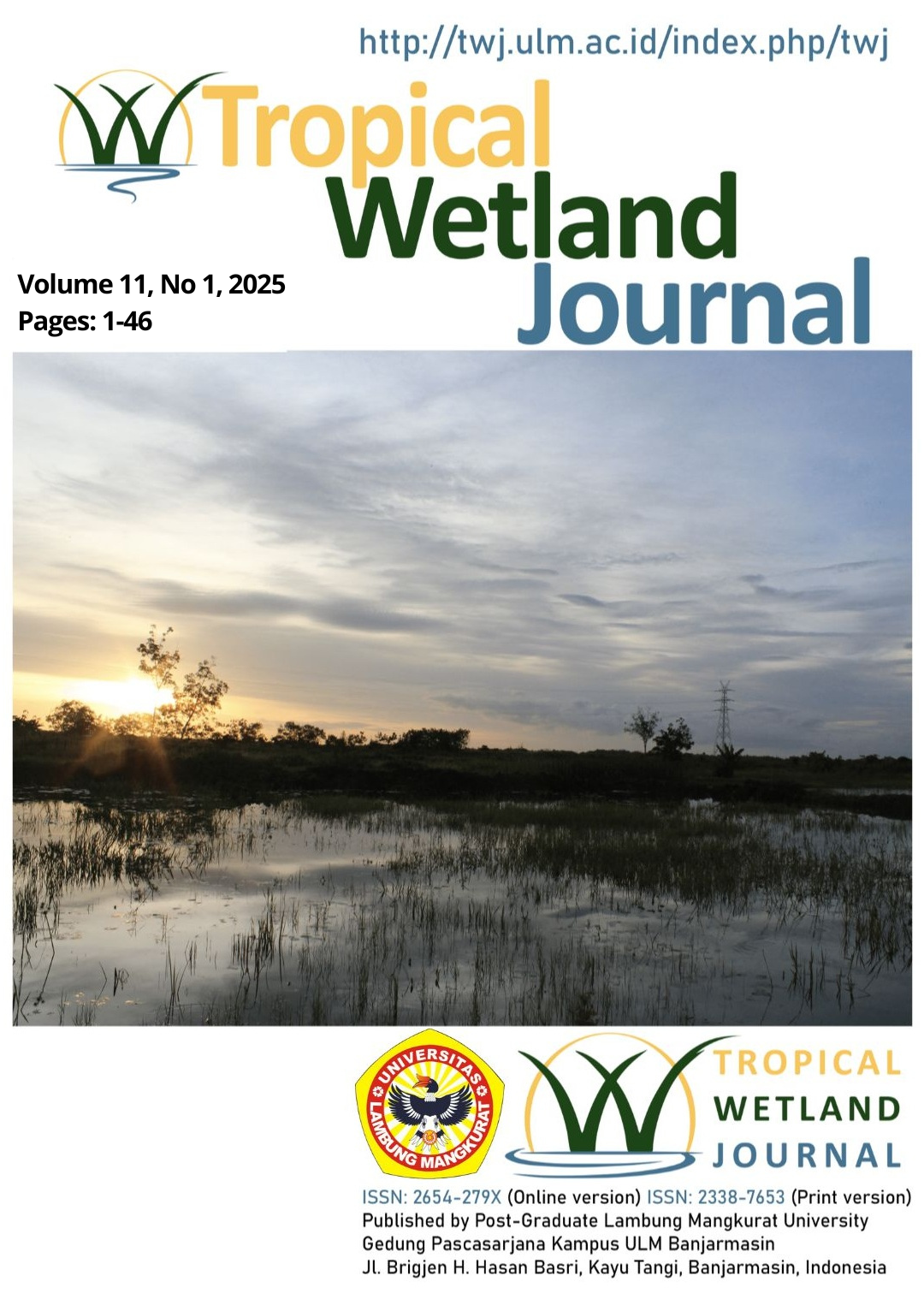Environmental Influence on the Use of Abusive Language and Solutions through the NABA Program at SDN-SN Kuripan 2
Main Article Content
Abstract
The surrounding environment is one of the primary factors influencing children's behavior. The environment has the potential to exert both positive and negative influences. This study aims to explore the impact of the surrounding environment on the behavior of elementary school students. The research employs a qualitative descriptive approach, with data collected through observation and interviews. Field findings indicate that negative environmental influences can lead to undesirable behaviors among students, such as the tendency to use inappropriate language in communication. This study is expected to be followed up with the implementation of the "Goodness Advice Program" (NABA), which focuses on habituating students to consistently exhibit positive behavior. For more severe issues, schools are encouraged to collaborate with parents and the community to provide appropriate parenting support.
Article Details
Section

TROPICAL WETLAND JOURNAL is licensed under a Creative Commons Attribution-ShareAlike 4.0 International License.
How to Cite
References
Afiyani, I. A., Wiarsih, C., & Bramasta, D. (2019). Identifikasi Ciri-Ciri Perilaku Bullying dan Solusi Untuk Mengatasinya Di Sekolah. Jurnal Mahasiswa BK An-Nur: Berbeda, Bermakna, Mulia, 5(3), 21–25.
Bandura, A. (1977). Self-efficacy: Toward a Unifying Theory of Behavioral Change. Psychological Review, 84(2), 191–215.
Eleanor, S., & Junaidi, A. (2022). Pengaruh Konten Mobile Legends di TikTok terhadap Popularitas Games Mobile Legends. Kiwari, 1(3), 467–474.
Galuh, I. G. A. A. K. (2017). Media Sosial dan Demokrasi: Transformasi Aktivitas Media Sosial ke Gerakan Nyata Bali Tolak Reklamasi. Penerbit PolGov.
Handayani, H., & Sanusi, A. (2020). Analisis Dampak Internet terhadap Perkembangan Bahasa Siswa Sekolah Dasar Kelas III. Didaktik: Jurnal Ilmiah PGSD STKIP Subang, 6(1), 34–42.
Haq, A. L. A., & Zahra, A. A. (2019). Pelatihan Hypnotherapy untuk Menurunkan Intensitas Berbicara Kasar Siswa MTS Muhammadiyah Srumbung. Psikosains (Jurnal Penelitian Dan Pemikiran Psikologi), 14(2), 82–88.
Hasiba, C., & Febrianti, N. (2021). Peran Guru Kelas dalam Penanaman Nilai Karakter Toleransi Siswa Kelas IV di Sekolah Dasar Negeri Kembangan Utara 05 Pagi. Jurnal Dinamika Sekolah Dasar. Https://Digilib. Esaunggul. Ac. Id/Publi c/UEU-Journal-20771-11_1691. Pdf.
Kundaryanti, F. D., & Anggraini, D. (2024). Kajian Kesalahan Penggunaan Bahasa Kasar dalam Interaksi Antar Teman Sebaya di Sekolah Dasar. Jurnal Pengabdian Masyarakat Indonesia (JPMI), 1(4), 30–39.
Kusno, A. (2014). Kesantunan Bertutur oleh Orang Tua kepada Anak di Lingkungan Rumah Tangga. Dinamika Ilmu, 14(1), 13–26.
Miles, M. B., Huberman, A. M., & Saldaña, J. (2014). Qualitative Data Analysis: A Methods Sourcebook. 3rd. Thousand Oaks, CA: Sage.
Pratiwi, N. Q. E., & Kurniawan, A. R. (2018). Identifikasi Kenakalan Siswa Di Sekolah Dasar. Artikel Ilmiah: Mata Kuliah Belajar Dan Pembelajaran, 9, 1–9.
Sugiyono. (2020). Metode Penelitian Kuantitatif, Kualitatif, R&D. Alfabeta.
Sugiyono, P. D. (2019). Metode Penelitian Pendidikan (kuantitatif, kualitatif, kombinasi, R&D dan penelitian pendidikan). Metode Penelitian Pendidikan, 67, 18.
Supono. (2019). Ketegangan Orang Tua terhadap Pendidikan Anak dan Solusinya. Indocamp.
Tjahyanti, L. (2020). Pendeteksian Bahasa Kasar (Abusive Language) dan Ujaran Kebencian (Hate Speech) dari Komentar di Jejaring Sosial. Journal of Chemical Information and Modeling, 7(9), 1689–1699.
Waafyah, N. W., & Umam, N. K. (2024). Analisis Pengaruh Media Sosial terhadap Bahasa Komunikasi Anak dalam Proses Pembelajaran Bahasa Indonesia. Jurnal Onoma: Pendidikan, Bahasa, Dan Sastra, 10(1), 855–863.
Widyastuti, A. (2020). 77 Permasalahan Anak dan Cara Mengatasinya. Elex Media Komputindo.

